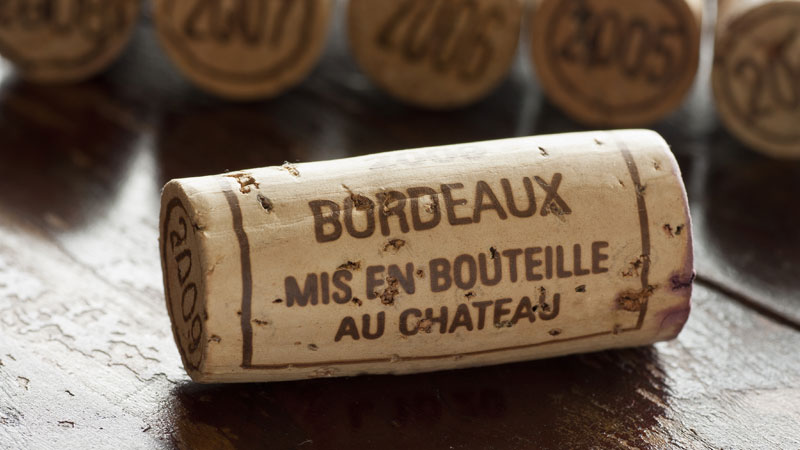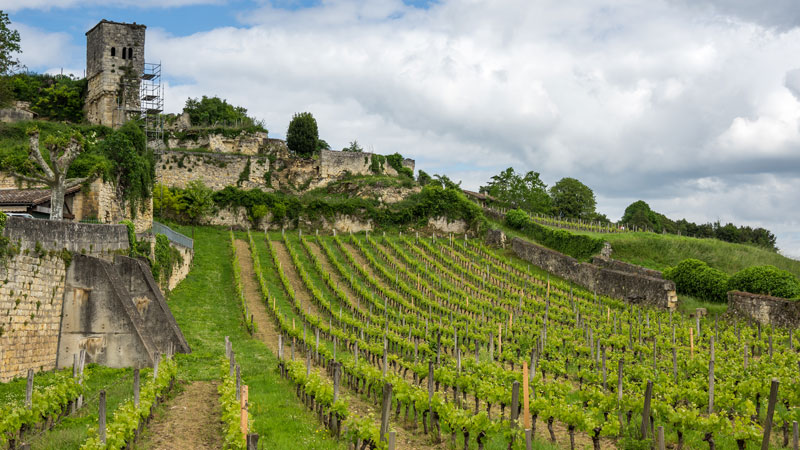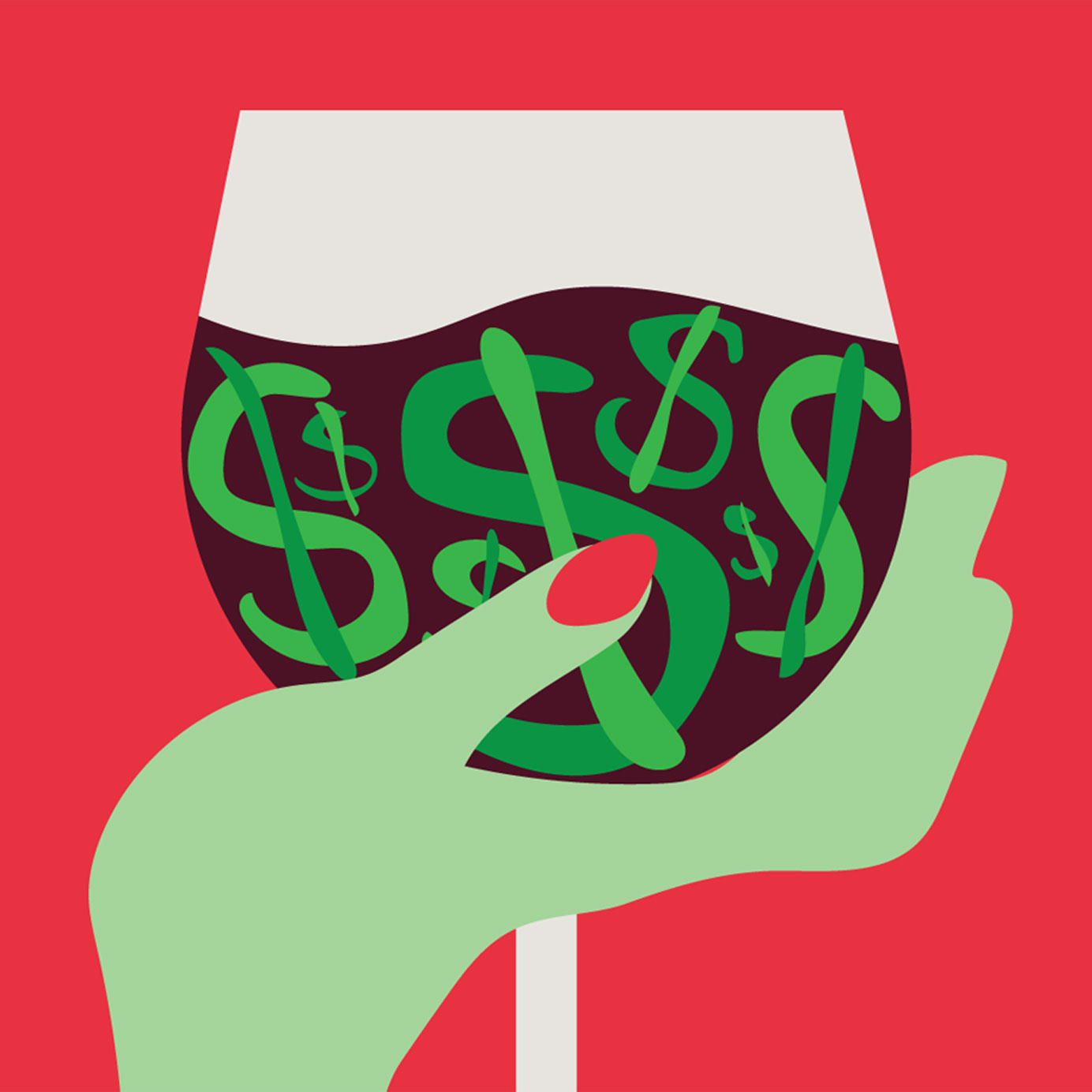“Bordeaux comes with a lot of baggage,” says James Sligh, sommelier at much-loved New York wine bar La Compagnie des Vins Surnaturels. “I remember as a younger, aspirational wine drinker, thinking that Bordeaux was all fancy estates and super-expensive wine I couldn’t possibly afford.”
A little older now, and with a wealth of industry experience — including 18 months in wine retail and extended stints pouring bottles from some of the city’s great wine lists — Sligh strongly believes you can find great value in Bordeaux. You just have to look in the right places.
More than 500 million liters of wine is made by Bordeaux’s 7,000 or so estates annually. The vast majority (roughly 85 percent) of it is red. Prices range from just a few dollars for a bottle of generic appellation red Bordeaux, to several hundred, and occasionally thousands, for those from the region’s classified chateaux.
The top tier of Bordeaux wines, with their stratospheric price tags and pedigrees, represents a very small portion of the region’s overall output. Affordable wines are often mass-produced using poor farming practices, though, so finding a true “bargain,” with excellent value at an affordable price, is tricky.

Value means different things to different people, but Sligh believes it’s something Bordeaux offers across the board. Whether it be a weeknight sipper or celebratory bottle, there are a number of ways consumers can get the most bang for their buck when buying red Bordeaux.
First, drinkers should look for organic or biodynamic wines, especially in lower price ranges. “[These practices] can be a good shorthand to know that you’re buying something that’s quality,” Sligh says. For just $15, he says, you can find “delicious, biodynamically farmed, single-estate wines that are not fucked around with. And that’s kind of amazing.”
J.R. Thomason agrees. As the Bordeaux buyer for NYC’s Flatiron Wine & Spirits, his primary role is seeking out value for money. Like Sligh, he believes sustainable practices are a great indication of quality when buying entry-level Bordeaux.
“I want a producer that’s going to be biodynamic or organic,” Thomason says. “Producers that are really working in a terroir way, with very little new oak, if any.”
At the $30 mark, Thomason looks for a more “classic” style of Bordeaux, with heavier oak influence and lots of structure (a combination of acidity and tannins). It is this combination that allows Bordeaux to age so well, and a decent $30 wine “can hit 15 to 20 years no problem,” he says.
Sligh, too, says that between $15 and $30 is “a really nice sweet spot,” because there’s more choice, and everyone along the chain from producer to consumer gets a fair deal.
Location also plays a vital role in price and value. Sligh recommends exploring the lesser-known subregions of Left and Right Bank Bordeaux. Wines from classified areas, such as the Left Bank’s Medoc, come with a premium, but bargains abound in subregions like Côtes de Bourg and Côtes de Blaye. Bottles with more generic labeling appellations, such as the Bordeaux or Bordeaux Supérieur AOCs that are made using sustainably farmed grapes, are also a really great place to look.

For Thomason, price not only indicates region and the manner in which grapes are grown, it also signifies the style and purpose of a wine. At Flatiron Wine & Spirits, this can mean anything from ready-to-drink, biodynamically farmed 2014 Domaine de la Grande Courraye ($14.99), to aged 1990 first-growth Lafite Rothschild ($979).
Trusting your wine merchant is always important but proves particularly essential when buying aged Bordeaux. Although most older Bordeaux has the ability to age, you’ll want to ensure that the seller has thought about things like storage, heat damage, and the condition of the cork. “If you can find a retailer that’s taking care of all of that for you,” says Sligh, “that’s really nice.”
When reaching the lofty heights of premium, aged Bordeaux, Thomason believes value can still be found. To spend less than $100, though, consumers should avoid specific vintages and points ratings — which can be misleading and add premium— and instead place their trust in retailers. “As a buyer, I just can’t look at points,” he says. “And sometimes I find [the best-rated vintages] to be a little overripe, and a little lacking in definition and individuality.”
Part of the problem is that points scores are assigned when bottles are released, but they don’t reflect how wines are drinking in the present day. “I don’t want to sell a bottle of [yet-to-mature] 2014 if I think if someone’s looking for something to drink tonight, or even for Christmas,” he says. “I’d way rather them take a [ready-to-drink] 2007.”
If there’s one thing we can learn from eyeing and buying Bordeaux, it’s that value isn’t always a synonym for cheap. Whether you’re looking for affordable entry-level wine or a special-occasion bottle, drinkers should not be intimidated by Bordeaux’s formidable reputations.
Or, as James Sligh puts it, “When it comes to the conversation of ‘What are the alternatives to Bordeaux?’ Bordeaux actually comes out pretty good.”
Five Great-Value Bordeaux Picks
Château La Grolet, Côtes de Bourg, France, 2016 Avg. Price: $14
Château Peybonhomme Les Tours, Côtes de Bordeaux Blaye, France, 2016 Avg. Price: $15
Vignobles Despagne-Rapin Les Piliers de Maison Blanche, Montagne-Saint-Emilion, France, 2014 Avg. Price: $19
Clos Puy Arnaud, Côtes de Bordeaux Castillon, France, 2012 Avg. Price: $30
Château Cantemerle, Haut-Medoc, France, 2004 Avg. Price: $45
